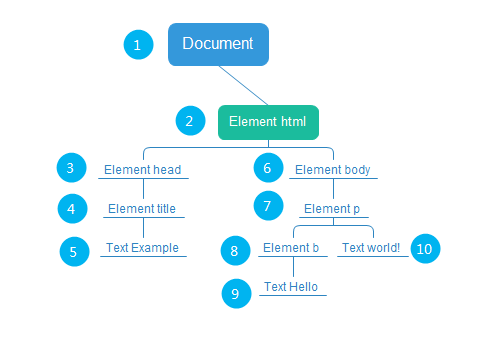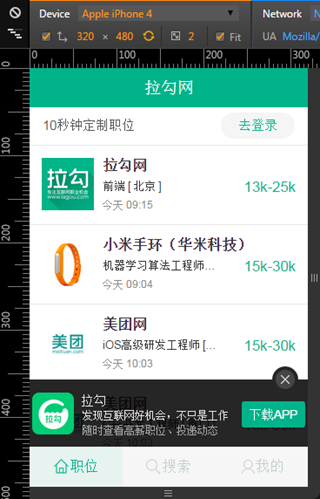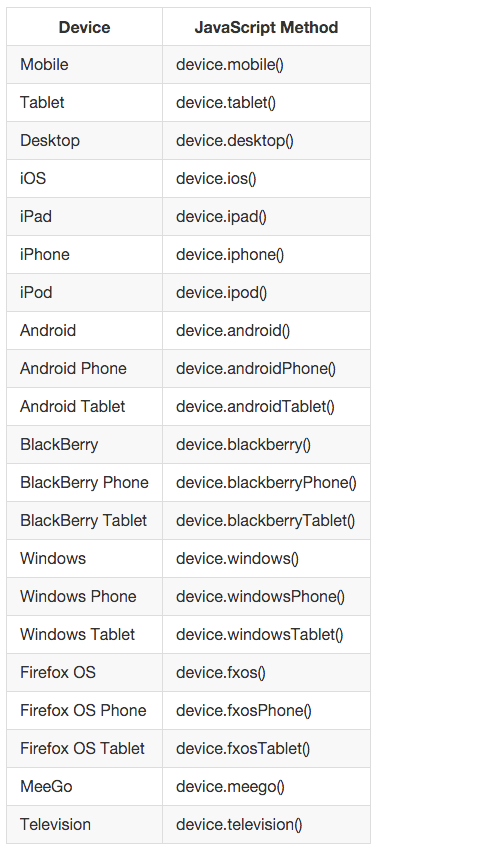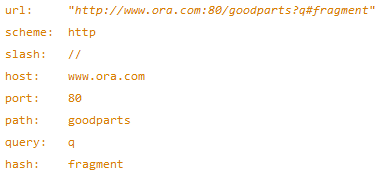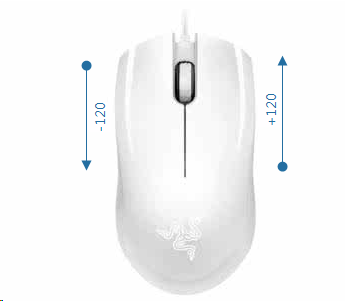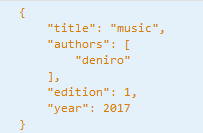版权声明:本文为博主原创文章,转载请写明出处。 https://blog.csdn.net/wo541075754/article/details/48243403
问题
在编码过程中,往往会遇到jar包冲突的问题。问题的表现特征一般都是抛出java.lang.NoSuchMethodError异常。那么,今天就聊聊怎么解决此类问题。
分析
此问题跟java的类加载机制有关。JVM装载类时使用“全盘负责委托机制”,此问题跟“委托机制”有关。它是指先委托父装载器寻找目标类,只有在找不到的情况下才从自己的类路径中查找并装载目标类。
然而,如果在类路径下放置了多个不同版本的类包,如commons-lang 2.x.jar和commons-lang3.x.jar都位于类路径中,代码中用到了commons-lang3.x类的某个方法,而这个方法在commons-lang2.x中并不存在,JVM加载类时碰巧又从commons-lang 2.x.jar中加载类,运行时就会抛出NoSuchMethodError的错误。
问题排查
这种问题的排查是比较棘手的,特别是在Web应用的情况下,可作为类路径的系统目录比较多,特别在类包众多时,情况尤其复杂:你不知道JVM到底从哪个类包中加载类文件。
下面提供一个srcAdd.jsp的程序,你把它放到Web应用的根路径下,通过如下方式即可查看JVM从哪个类包加载指定类(其中className为className参数为类的全名,不需要.class后缀,端口号为web项目的端口号,此处为80):
http://localhost/srcAdd.jsp?className=java.net.URL
srcAdd.jsp源码如下:
<%@page contentType="text/html; charset=GBK"%>
<%@page import="java.security.*,java.net.*,java.io.*"%>
<%!
public static URL getClassLocation(final Class cls) {
if (cls == null)throw new IllegalArgumentException("null input: cls");
URL result = null;
final String clsAsResource = cls.getName().replace('.','/').concat(".class");
final ProtectionDomain pd = cls.getProtectionDomain();
// java.lang.Class contract does not specify if 'pd' can ever be null;
// it is not the case for Sun's implementations,but guard against null
// just in case:
if (pd != null) {
final CodeSource cs = pd.getCodeSource();
// 'cs' can be null depending on the classloader behavior:
if (cs != null) result = cs.getLocation();
if (result != null) {
// Convert a code source location into a full class file location
// for some common cases:
if ("file".equals(result.getProtocol())) {
try {
if (result.toExternalForm().endsWith(".jar") ||
result.toExternalForm().endsWith(".zip"))
result = new URL("jar:".concat(result.toExternalForm())
.concat("!/").concat(clsAsResource));
else if (new File(result.getFile()).isDirectory())
result = new URL(result,clsAsResource);
}
catch (MalformedURLException ignore) {}
}
}
}
if (result == null) {
// Try to find 'cls' definition as a resource; this is not
// document.d to be legal,but Sun's implementations seem to //allow this:
final ClassLoader clsLoader = cls.getClassLoader();
result = clsLoader != null ?
clsLoader.getResource(clsAsResource) :
ClassLoader.getSystemResource(clsAsResource);
}
return result;
}
%>
<html>
<head>
<title>srcAdd.jar</title>
</head>
<body bgcolor="#ffffff">
使用方法,className参数为类的全名,不需要.class后缀,如
srcAdd.jsp?className=java.net.URL
<%
try
{
String classLocation = null;
String error = null;
String className = request.getParameter("className");
classLocation = ""+getClassLocation(Class.forName(className));
if (error == null) {
out.print("类" + className + "实例的物理文件位于:");
out.print("<hr>");
out.print(classLocation);
}
else {
out.print("类" + className + "没有对应的物理文件。<br>");
out.print("错误:" + error);
}
}catch(Exception e)
{
out.print("异常。"+e.getMessage());
}
%>
</body>
</html>



